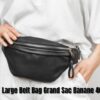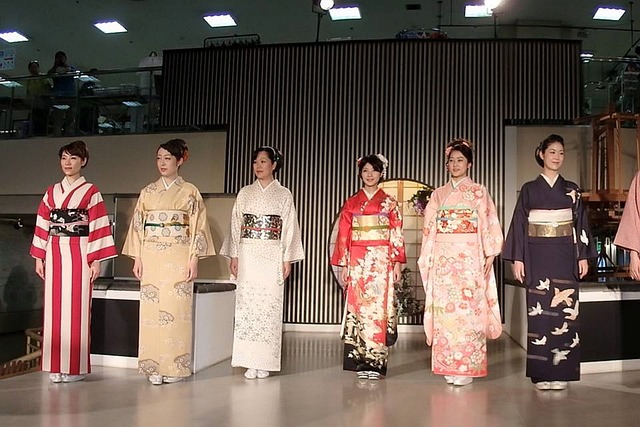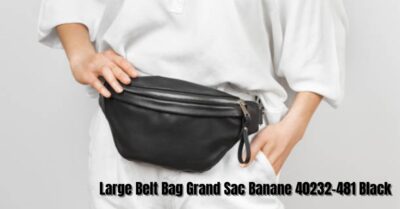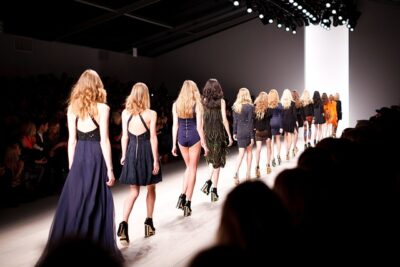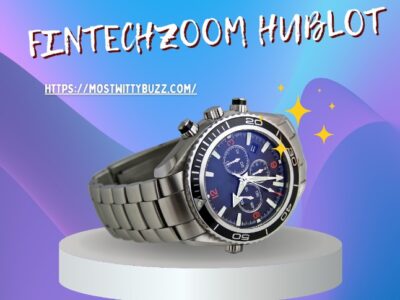One of the most recognizable and persistent cultural legacies of the 1990s, a decade noted for its cultural change, is rave culture. Rave culture was a distinctive blend of music, art, and fashion that spread throughout the world and left a lasting impression on succeeding generations. Fashion was very important in this thriving subculture. We’ll go deeply into the world of 90s rave fashion in this in-depth investigation, tracing its history, analyzing its essential components, and revealing its enduring effect.
The Beginning of Rave Clothing
The underground electronic music culture started to take off in the late 1980s, which is when 90s rave fashion first emerged. A distinctive fashion movement was born out of raves, which were all-night dance events with electronic dance music, neon lights, and a sense of community and freedom. Some of the distinguishing features of 1990s rave fashion include the following:
Vibrant Neon Colors
Visibility was a key component of rave attire, and nothing made that point better than bright neon hues. Under the throbbing lights, fluorescent pinks, greens, oranges, and yellows saturated clothing and accessories, transforming racegoers into human glowsticks.
Baggy Clothes
In order to comfortably dance the night away, baggy trousers, large t-shirts, and loose-fitting apparel were worn. The wide clothing allowed for the most flexibility possible on the dance floor.
PLURals
The term “PLUR,” which stands for Peace, Love, Unity, and Respect, was not only a rave mantra but also a style statement. Many dressed themselves with apparel and trinkets that proudly bore PLUR logos and inscriptions, encouraging unity and harmony.
Glow-in-the-Dark and Reflective Materials
Many ravers incorporated glow-in-the-dark and reflective materials into their clothing and accessories to increase the mesmerizing effect of neon lights at raves. This gave their appearance an unearthly, futuristic touch.
Kandi
Kandi was a staple of rave attire, serving not only as jewelry but also as a sign of unity and friendliness. Each of these colorful necklaces and bracelets with complicated patterns was frequently traded amongst rave goers.
Face and Body Paint
Ravers frequently painted their faces and bodies with vivid, bright paint. This was more than simply décor; it was a way for people to express themselves and was essential to the full rave experience.
Cyberpunk and Futuristic aspects
Rave dress was influenced by science fiction and featured futuristic and cyberpunk aspects. This included space-themed designs, metallic materials, and unusual accessories like LED goggles and gas masks, which added to the subculture’s undeniable, high-tech appeal.
Transformational Outfits
Some rave goers elevated fashion by adopting transformative attire. These were pieces of clothes that could be changed into several fashions. A single piece, for instance, might be used as a skirt, a shirt, or even a hooded cape, providing adaptability and a sense of adventure.
Hair and Cosmetics
Ravers gave their hair and cosmetics careful consideration. Hairstyles often included glitter, rhinestones, or bright, colorful hair colors. The vivid makeup, which included bright eyeshadows and detailed facial paint, and teamed to complete the look.
Bandanas and Scrunchies
Bandanas were both fashionable and useful items, frequently worn to keep hair in place during energizing dance sessions. In the 1990s, scrunchies—those iconic hair ties—were widely worn on the wrists or to make wacky, high ponytails.
Cartoon and Pop Culture References
Popular cartoons and pop culture figures were frequently alluded to in 90s rave fashion. On apparel and accessories, characters like Tweety Bird, Taz (the Tasmanian Devil), and the Smurfs made appearances, giving the outfits a nostalgic feel.
Influential Subcultures with Rave Fashion
90s rave fashion was a complicated and diverse industry, with many subcultures each showcasing their own distinctive fashions. The following were some of the most significant subcultures:
Cyber Ravers
These ravers adopted an edgy, futuristic appearance, frequently sporting spiky accessories, metallic or latex apparel, and clothing that was improved with LED lights.
Candy Ravers
Known for their innocent fun, candy ravers emphasized the “candy” part of their name by wearing tutus, furry legwarmers, and colorful Kandi bracelets.
Gothic Ravers
Infusing a dark, enigmatic undertone into the neon-drenched rave scene, gothic ravers preferred black attire, fishnet stockings, and heavy makeup.
Retro Ravers
Some ravers drew influence from the past and fashioned their rave costumes in the 1960s and 1970s. This blending of retro and future fashion produced a distinctive, time-traveling appearance.
Legacy and Influence
Even though the 90s rave fashion movement eventually died down, its attire has had a profound influence on modern culture. Modern streetwear, festival clothing, and even high-fashion runways all feature elements of rave dress. The heritage of rave fashion is being continued by designers and brands who continue to be inspired by the bright hues, loose fits, and DIY mentality of the movement.
Beyond its outward appearance, 90s rave attire represents a deeper societal trend towards acceptance, liberty, and self-expression. This philosophy has become more widely accepted, which has helped to create a more open and diversified fashion industry.
Conclusion
The 90s rave fashion was more than just clothing; it was a declaration of disobedience, uniqueness, and community. It typified the mindset of a generation that used fashion and music as a means of self-expression. Even though the 90s rave fashion is now regarded as an important period in history, its fashion still inspires and has an impact on how we dress and express ourselves today.
The neon glow of the 1990s still shines brightly over the world of fashion and culture, whether you’re remembering the good ol’ days or learning about rave fashion for the first time. It is a vibrant remembrance of a period characterized by a special fusion of art, music, and sartorial revolt, with an impression that reverberates through the ages.
We celebrate not only a style but an attitude as we continue to incorporate elements of 90s rave fashion, one that urges us to value one another, accept our uniqueness, and dance to the beat of our own neon-clad drummers. Proof that the legacy of 90s rave fashion is more than simply a trip down memory lane but rather an ongoing voyage into the future of self-expression and creativity, it is a tribute to the enduring ability of fashion to not only reflect but also alter our culture.

